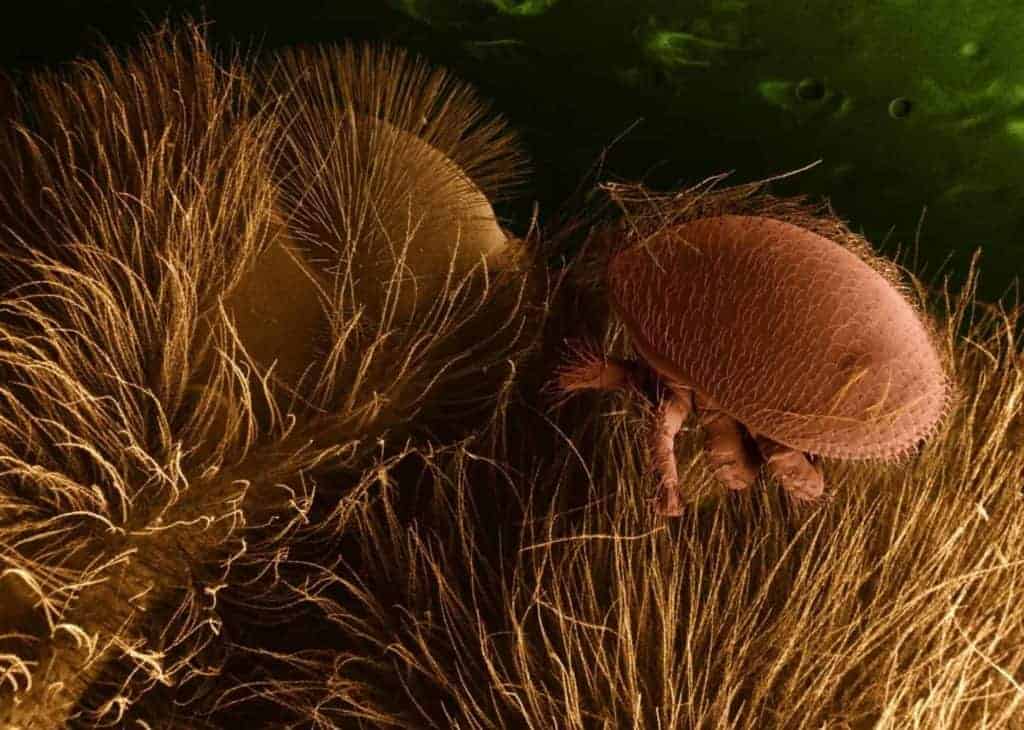Beyond the installation
Our third and final PerfectBee Course is called A Healthy Beehive. It builds on the content we delivered in Course 1: Learn About Bees and Course 2: Your Beehive.
Setting up your first beehive is tremendously exciting and stimulating. Aside from the curiosity associated with learning about bees, hives, equipment, clothing, and more, there are few things as satisfying as installing your first bees in your first beehive. Our first two courses offered the knowledge you need to reach that point.
For a true beekeeper, though, installing a beehive is just a start. You are going to experience fascinating events as you help your bees. But installing your bees in their new home brings some new challenges, not just for you but also for your bees.
Expectations
Let’s cut to the chase. There’s a good chance you will lose bees. It’s a tough message but it’s a realistic one. Even the most experienced beekeepers face losses, most explainable but occasionally not.
We certainly don’t recommend a casual acceptance of lost bees. Every loss is not just a sad situation but also a tremendous opportunity to learn.
That is the focus of Course 3: A Healthy Beehive.
We provide you with an understanding of the primary risks that may threaten your bees. Over time, you will build enough knowledge and will be able to proactively identify issues, often taking action to avoid problems. Sometimes you won’t be that lucky and will need to learn from a negative experience, in the hope that you can avoid it happening again.
On the one hand, we want to be open, transparent, and realistic in telling you that the loss of bees is, sadly, not uncommon.
But we also want to remind you that there are a tremendous number of beekeepers, many individual hobbyists, who have had great success looking after bees, all the way to the enjoyment of sweet honey.
The Roadmap
Let’s look at what we have in store. Like the other two courses in Academy, course 3 is divided into three sections.
- Threats to Bees
- Inspecting Your Beehive
- Reaping the Rewards
Threats to Bees
The long-term success of the bee is a marvel of nature. They have survived for millions of years, with an amazing co-existence with flowers. This speaks to the incredible resilience and independence that bees possess.
And yet today they face more threats to their future than ever before. This has reached the point where the “Save the Bees” mantra is a loud message from many sources.
But what exactly are these threats? What can we do proactively to avoid them and, if problems do strike the colony, can we help as beekeepers?
This initial section, Threats to Bees, is largely educational in context, as a precursor to the detailed coverage of beekeeper options in the next section, Inspecting Your Beehive.
In Threats To Bees, we look at the following important topics such as:
- Colony Collapse Disorder
- Animals and pests
- Varroa and tracheal mites
- The impact of pesticides
- Diseases such as American and European Foulbrood, Nosema, Chalkbrood and others
- The benefits of multiple hives
- Small hive beetle
- Robbers
- …and more
Inspecting Your Beehive
With an understanding of the potential for setbacks, we turn to the important task of inspecting a beehive. We don’t just focus on potentially negative situations that may arise. While those are covered, we will also walk through the steps and values in a regular, positive, and proactive inspection.
This section will cover the following topics.
- How to take a regular count of mites
- Treatments and medications – when to consider and when to avoid
- A detailed look at the brood pattern
- Planning for and recognizing the honey flow
- Steps to verify and maintain the overall integrity of the hive
- How to spot and respond to a lost queen
- The curious notion of requeening
- How to fix burr comb
- Avoiding swarms
- When to increase the capacity of the hive
- Splitting hives
- Raising your own queens
- The benefits of weighing the hive
- How to overwinter successfully
- Learning from your losses
- …and more
This is a rich and detailed section and at the end you should be in a great position to launch your beekeeping life!
Reaping The Rewards
We do it all for the bees. But we all like a little reward for ourselves!
Intentionally left till the end of our course (because if this is at the front of your mind as you become a beekeeper you are thinking about it all wrong!), we cover the ways in which we can realize some rich rewards!
This section covers topics such as:
- The extraction of honey
- The collection and use of beeswax
- The benefits of collecting propolis
- The potential to earn money from beekeeping
- …and more
